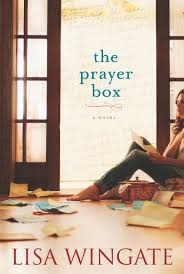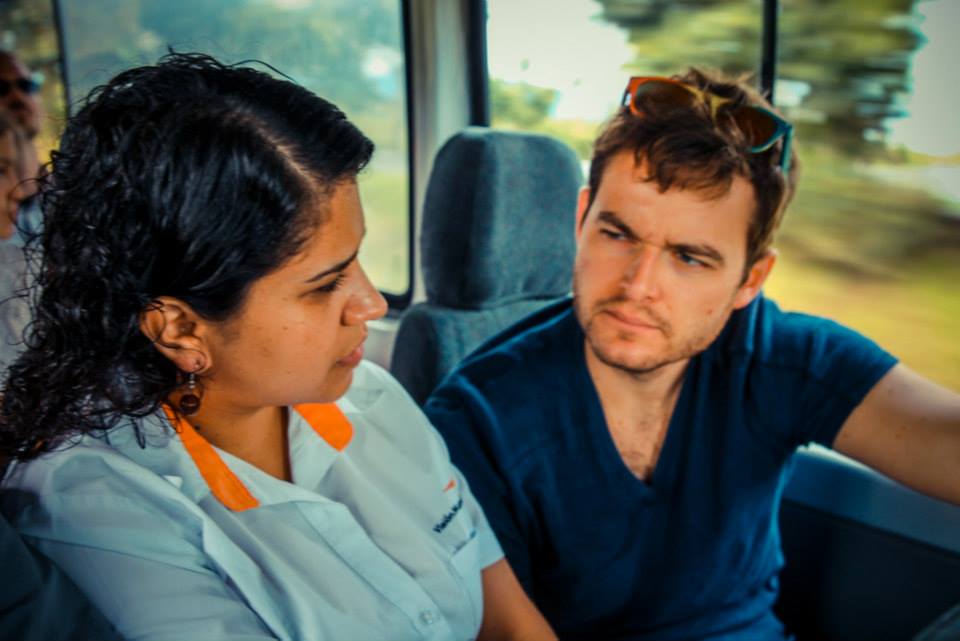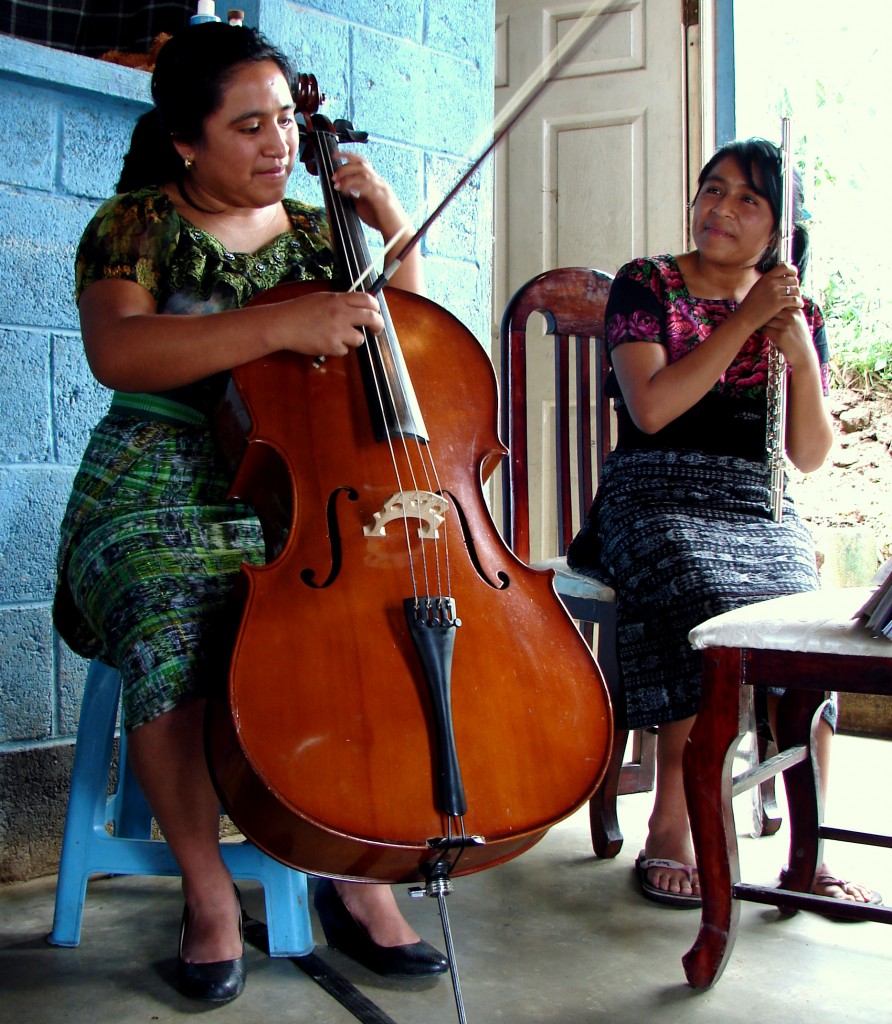 Daughter Ashley was 3-years-old when she was first diagnosed with scoliosis.
Daughter Ashley was 3-years-old when she was first diagnosed with scoliosis.
Or curvature of the spine.
I’d like to tell you that as her mother I was the one who first noticed it, but I wasn’t.
A friend pointed it out to me. She had kept the kids for an evening while Tim and I enjoyed a rare get-away. It was while bathing Ashley she noticed the crookedness.
We lived in a pretty remote area of Oregon at the time. The nearest orthopedist was an hour’s drive away. Longer if there was snow on the ground, which there was about 8 months of the year.
Yep, he said, showing me the x-rays. Your daughter has scoliosis.
But.
It’s rarely good news when a doctor says but.
Kids this age don’t get this severe scoliosis without some underlying problem. Ashley’s curvature was at 35 degree angle. Her spine looked more like a snake than a rod. The good doctor referred us on to Oregon Health Science University hospital (OHSU) in Portland.
That was about a six-hour drive away – if the roads were good.
We had a houseful of kids at the time. Konnie was only 7-months old and still nursing. Shelby was 3 like Ash, and Stephan was 5. We took our kids with us to Portland and stayed with friends, Dave & Donna Hodge, while Ashley underwent test after test.
Test that revealed more bad news.
Ashley had a rare spinal disorder. Something called syringomyelia.
Yeah. As if Zacharias isn’t a mouthful enough, then I had learn to spell heretofore unheard medical term. Moreover, neither Tim nor I had any experience with neurologists or neurosurgeons, which we were meeting with on a daily basis. A Google search turned up these symptoms common to those with syringomyelia:
- Gradual loss of muscle mass (wasting, atrophy)
- Headache
- Muscle function loss of ability to use arms or legs
- Numbness or decreased sensation
- Decreased sense of pain or temperature
- Lessened ability to sense that the skin is being touched
- Neck, shoulders, upper arms, trunk — in a cape-like pattern
- Slowly, but progressively, gets worse
- Pain down the arms, neck, or into the upper back
- Weakness (decreased muscle strength, independent of exercise) in the arms or legs
But back in 1985 when Ashley was first diagnosed there was no such thing as Google. We didn’t own a personal computer. No one we knew did. Instead, the neurosurgeon had opened a thick medical book and pointed to the paragraph to try and help us understand what we were dealing with. It was a lot like reading Latin.
We understood very little of what he was saying other than the word surgery. That term terrified the both of us. He went into great depth to explain to us how he would insert a tube into the base of her skull, but what I heard was cutting my daughter open.
It was all such a nightmare. One neither Tim nor I could have handled very well had it not been for Dave and Donna Hodge who found a way to infuse fun into each day. Nurturing and hospitality had long been their gifts to us.
We had decisions to make about our daughter’s welfare. Decisions that would surely affect the quality of her life to come. And neither Tim nor I were even 30-years of age. In a lot of ways, we were still growing up ourselves. Tim was working his first full-time teaching position.
To say we were terrified doesn’t begin to cover the fear we felt.
We called our friend Dr. Mark Valenti. Mark had delivered our Konnie. He and his wife Jeannine were good friends. Mark suggested we ask OHSU staff for the latest research to find the leading doctors in the nation handling this sort of thing. We didn’t have access to computers but they did.
Turns out that there were two doctors worldwide focused on this disorder. One lived in Belgium. One lived in San Francisco.
We went with Dr. Michael Edwards at the University of California, San Francisco. He took a different approach to surgery, placing the shunt not at the base of the brain but directly into the spine and wrapping it around and emptying it into the stomach. In other words, it was pretty complicated. There were pros and cons, none of which were lost on us at the time.
Tim and I were both terrified.
We spent a lot of time in prayer.
And crying, but never in front of our daughter, who had woken from a nightmare of her own in the midst of all this. A nightmare I still remember: The baby fish couldn’t find her mommy fish.
We consulted with three neurologists and received three different opinions on the best surgical intervention. We settled on Dr. Edwards and during Spring Break of 1985 we made the day-long drive to San Francisco and spent the next 10 days at the UCSF Benioff Children’s Hospital, at our daughter’s bedside. Literally. Right there. We never ever left her. We slept in the chairs by her bed.
Our other children were back in Oregon with Tim’s parents. We knew they were being well-cared for but even so, Konnie was still just a baby and Ashley and Shelby had never ever spent a night apart. And 5 is way too young for a boy to feel like he had to man up for his sisters.
While we didn’t have one visitor, not even from a pastor, during that entire grueling affair, we had the prayer support of an entire community back in Oregon. People throughout that rural county were praying for our Ashley. They wrote notes of support. They sent us $10 or $50 to help defray the expenses of getting to and from California. They came into our home in our absence and cleaned it. A couple of gals hung wallpaper I had bought but never gotten around to putting up. They did everything they could think of to support us.
It’s their prayers I remember best.
And here’s why
Over the weekend, Ashley ran her first marathon.
A full marathon.
She set a goal to run one before she turned 30.
She is the age I was when she had the surgery in San Francisco.
My daughter runs.
She still has syringomyelia.
And scoliosis.
But my daughter runs
marathons
And it was this scripture that I turned to time and time again during those early days of her diagnosis:
Luke 11: 10-13
So I say to you: Ask and it will be given to you; seek and you will find; knock and the door will be opened to you. For everyone who asks receives; the one who seeks finds; and to the one who knocks, the door will be opened.
Which of you fathers, if your son asks for a fish, will give him a snake instead? Or if he asks for an egg, will give him a scorpion? If you then, though you are evil, know how to give good gifts to your children, how much more will your Father in heaven give the Holy Spirit to those who ask him!
There is so much to be thankful for.
I am reminded of that with every step my daughter takes.















